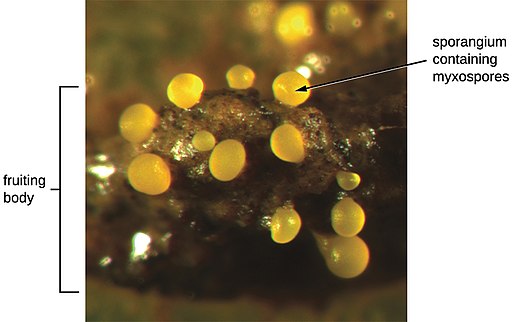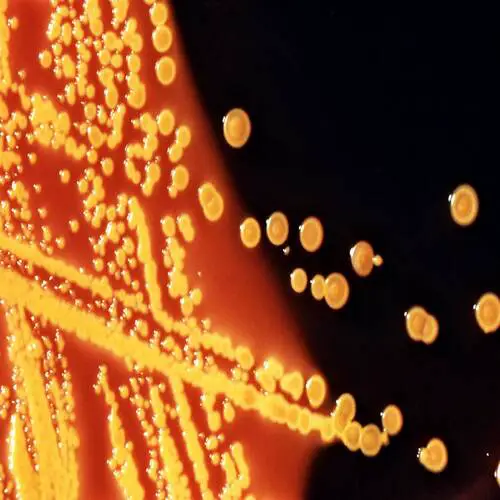Kohler Illumination
Components, Working Principle, Advantages & Disadvantages
A method of illumination first devised in 1893, Kohler illumination optimizes a microscope’s optical train to produce homogenously bright light free from artifacts and glare.
Working for the Carl Zeiss Corporation, August Kohler introduced this method as a replacement for critical lighting techniques which illuminated the specimen by using the collector lens to form an image of the illumination source on the specimen. The illumination was uneven and the filament of the light source’s bulb was imposed on the specimen.
While different solutions were attempted to eliminate this problem, from diffusing the light to lowering the light’s intensity, these remedial efforts had their own drawbacks.
Kohler’s method of properly aligning the incident light and perfectly defocusing the image of the light source allows the best possible imaging in an evenly dispersed light field.
Components
Kohler illumination needs a high density illumination source, field diaphragm, condenser diaphragm, and collector and condenser lenses.
Although all major manufacturers of high quality microscopes provide Kohler illumination, if a microscope doesn’t have Kohler illumination it can be retrofitted as long as certain criteria can be met.
A true Kohler lamp has a very large filament but a standard lamp can be used. If your microscope doesn’t have a field diaphragm your unit will need to allow for the addition of this and the necessary lenses mounted above the lamp. Also, you will need to be able to raise and lower the condenser.
Working Principle
In Kohler illumination, four separate planes combine to form conjugate planes in both the illumination and image-forming light pathways.
The lamp filament, aperture diaphragm, back focal plane of the objective lens, and the eye point which is approximately one centimeter above the top lens of the ocular, form the illumination conjugate plane.
The conjugate planes of the imaging light path are the field diaphragm, specimen, the fixed diaphragm of the ocular, and the retinal plane of the viewer.
In Kohler illumination the collector lens or field diaphragm collects light from the illumination source and focuses it at the front focal plane of the sub-stage condenser’s aperture diaphragm which, in essence, projects an image of the lamp filament onto the lens.
The condenser transmits the light to illuminate the specimen. Often, the condenser must be adjusted to guarantee that the filament image appears in the focal plane and fills the aperture. The image of the filament must fill the aperture diaphragm and the field diaphragm and they must share the same conjugate image planes as the specimen.
This results in extremely even illumination because the filament in the specimen image planes is completely defocused and forms a clear image of the specimen.
Closing the field diaphragm does not reduce the brightness of the image but merely controls the width of the light beam being transmitted to the condenser and restricts the light to the part of the specimen which is actually being observed.
Adjusting the condenser aperture affects the angle of the light being transmitted to the specimen. Setting this diaphragm and the aperture of the objective determines the actual working numerical aperture of the microscope. Resolution and contrast increase as the condenser diaphragm is opened.
Using Kohler Illumination
The condenser and field diaphragms must be adjusted each time the microscope is used and each time the objective is changed.
When changing to a higher objective the field diaphragm should be closed down because the viewing field is reduced and the aperture diaphragm should be opened to match the higher numerical aperture number of the more powerful objective.
To properly set up Kohler illumination on a microscope:
- Turn on the light source and ensure that light is coming through the field diaphragm. Also, ascertain that your specimen is being illuminated.
- Using the coarse focus and then the fine focus, bring the specimen into focus.
- Begin closing the field diaphragm and begin adjusting the condenser height to bring the edges of the diaphragm into focus. At this point the field diaphragm and the specimen should be in focus.
- Next, center the image of the field diaphragm using the condenser centering knobs. Open the diaphragm until its edges are barely outside the view field of the microscope.
- Adjust the contrast by adjusting the condenser diaphragm and adjust the illumination intensity.
To get the best contrast and resolution close the diaphragm until the image begins to darken. Closing the condenser diaphragm any further will compromise resolution.
Advantages and Disadvantages
The main advantages are high contrast and evenly distributed illumination.
Also, less specimen heating occurs and helps prevent thermally induced changes in the specimen. Reflection and glare are eliminated by using the field diaphragm controlling the width of the light beam.
While this method of illumination works with darkfield viewing the results are poor unless the diaphragm is completely open. But, other than that, this is the preferred method of illumination.
Quick Summary
With sophisticated microscopes, all segments of the optical train significantly contribute to the quality of the image but, often neglected, proper configuration of the light path is crucial for all imaging methods.
Kohler illumination works with all methods of microscopy including DIC, phase contrast, polarization, brightfield, darkfield and all epi-illuminations.
Sometimes referred to as double diaphragm illumination, it uses both a field and an aperture diaphragm to focus the illumination and provides an evenly illuminated viewing field, a bright specimen image and eliminates glare.
For easy navigation and reading, check out microscopy imaging techniques all in one article.
Return from Kohler Illumination to Compound Light Microscope
Return to Best Microscopy Research Home
Find out how to advertise on MicroscopeMaster!




